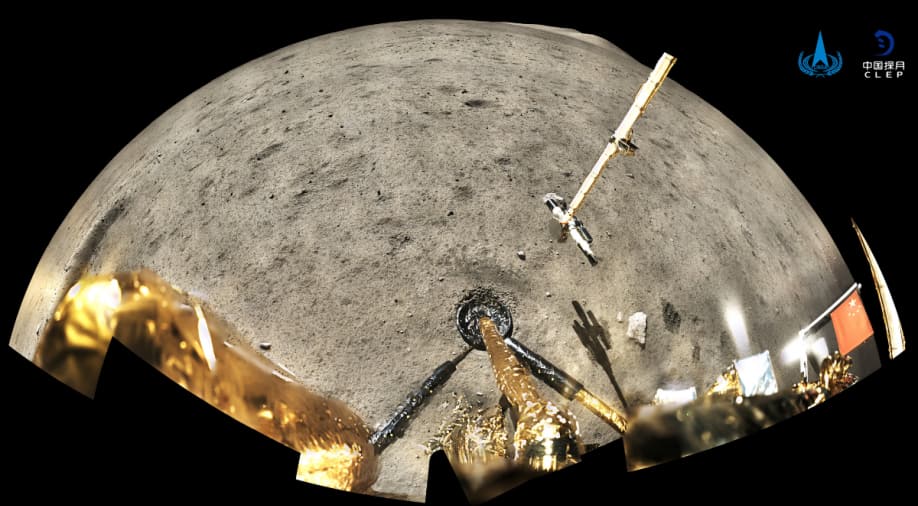NASA sidesteps ban by US, appeals researchers to gather moon samples from China
Story highlights
The space agency, making an exception to the congressional Wolf Amendment, has been encouraging applications for its Chinese counterpart
The researchers at NASA, while sidestepping the ban imposed by the United States, have been allowed to study the moon samples collected by China, in a first-of-its-kind collaboration between the space agencies of the two countries.
The laws by the US have till now kept NASA and its counterpart the China National Space Administration (CNSA) at a distance, but now they have been allowed to work together, the South China Morning Post reported.
The US space agency, in an email, said that it had “certified its intent to Congress” to allow the researchers funded by NASA to apply to the CNSA for gaining access to the lunar samples, which have been collected by Chang’e 5 mission of China in 2020.
Normally, as per the Wolf Amendment which was passed in 2011 by the US Congress and given name after then-Republican senator Frank Wolf, the applications will be illegal as it places a ban on NASA from cooperating with China unless they have been authorised by lawmakers.
As per the email from NASA, the application for access to moon samples was important because of the “unique value” of the Chinese samples, which were “made available recently to the international scientific community for research purposes”.
trending now
NASA gives green light to applications in exceptional case
The email clearly stated that the applications were given a green light in an exceptional case. “This allowance applies specifically to Chang’e 5 mission samples; the normal prohibition on bilateral activity with PRC on Nasa-funded projects remains in place,” it said, making reference to the People’s Republic of China.
According to the email, the samples come from a lunar region “not yet sampled by NASA” and are expected to provide insights into the geological history of the moon, and the Earth-moon system, and potentially help Nasa make future lunar exploration plans.
“Applying for samples will ensure that United States researchers have the same research opportunities as scientists around the world,” said the agency.
Watch: NASA satellites discover a 6-planet in-sync solar system
Planetary geoscientist at Brown University in Providence, Rhode Island James Head said that internationally there has been “great enthusiasm” for studying the samples. He added that “many colleagues will be applying”, now that access has been allowed by NASA. “It should be a very large set of applications,” he said.
He added that although multiple fundamental questions have been addressed by the scientists after analysing a few samples, the participation of foreign scientists can “bring even more interest and different perspectives to tackle these critical problems”.
(With inputs from agencies)

















